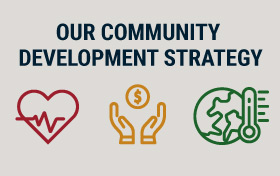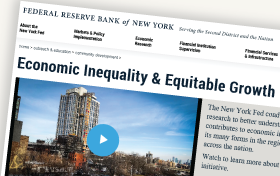Just Released: Household Debt Balances Increase as Deleveraging Period Concludes
Andrew F. Haughwout, Donghoon Lee, Joelle Scally, and Wilbert van der Klaauw The New York Fed released the Quarterly Report on Household Debt and Credit for the third quarter of 2014 today. Balances continued to rise slightly, with an overall increase of $78 billion. The aggregate household debt balance now stands at $11.71 trillion, up […]
Just Released: Household Debt and Credit Developments in the Nation and the Region in 2011:Q1
This post gives our summary of the 2011:Q1 Quarterly Report on Household Debt and Credit, released today by the New York Fed. The report shows signs of healing in household balance sheets in the United States and the region, as measured by consumer debt levels, delinquency rates, foreclosure starts, and bankruptcies— although the regional data are somewhat mixed. The report captures the debt and credit activity of an anonymous, nationally representative panel of U.S. households.
Have Consumers Been Deleveraging?
Since its peak in summer 2008, U.S. consumers’ indebtedness has fallen by more than a trillion dollars. Over roughly the same period, charge-offs—the removal of obligations from consumers’ credit reports because of defaults—have risen sharply, especially on loans secured by houses, which make up about 80 percent of consumer liabilities. An important question for gauging the behavior of U.S. consumers is how to interpret these two trends. Is the reduction in debts entirely attributable to defaults, or are consumers actively reducing their debts? In this post, we demonstrate that a significant part of the debt reduction was produced by consumers borrowing less and paying off debt more quickly—a process often called deleveraging.














 RSS Feed
RSS Feed Follow Liberty Street Economics
Follow Liberty Street Economics